Petrovietnam - Petronas: A strategic, effective, and sustainable partnership
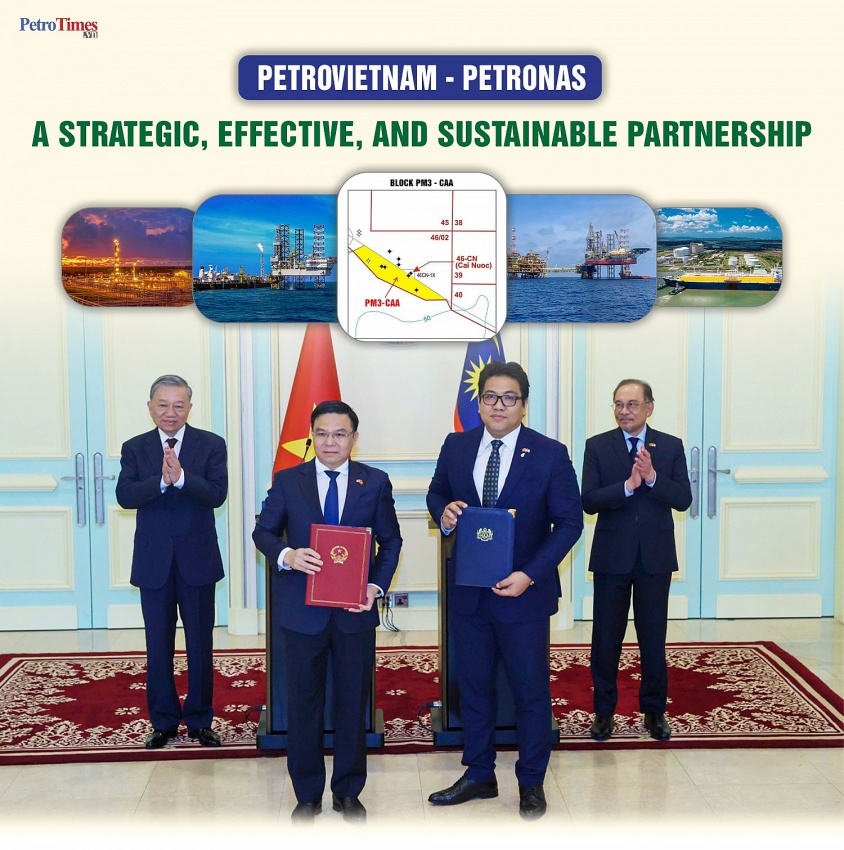 |
Over the past three decades of Vietnam’s oil and gas industry development, certain collaborations have stood out as symbols of strategic, effective, and enduring partnerships among national oil corporations in the region. The relationship between the Vietnam National Industrial-Energy Group (Petrovietnam) and Malaysia’s National Oil Corporation (Petronas) is one such exemplary partnership.
 |
PM3 CAA Block – A Model of Effective Cross-Border Cooperation
The PM3 Commercial Arrangement Area (PM3 CAA) Block is a hallmark of regional cooperation in Southeast Asia’s energy sector. Located in the overlapping continental shelf between Vietnam and Malaysia, the two governments established a unique coordination mechanism based on equitable sharing and joint development of resources.
Under Malaysian law, the Production Sharing Contract (PSC) for Block PM3 CAA was signed on February 16, 1989, pursuant to a bilateral commercial agreement. By 1992, petroleum operations were officially launched with the involvement of contractors.
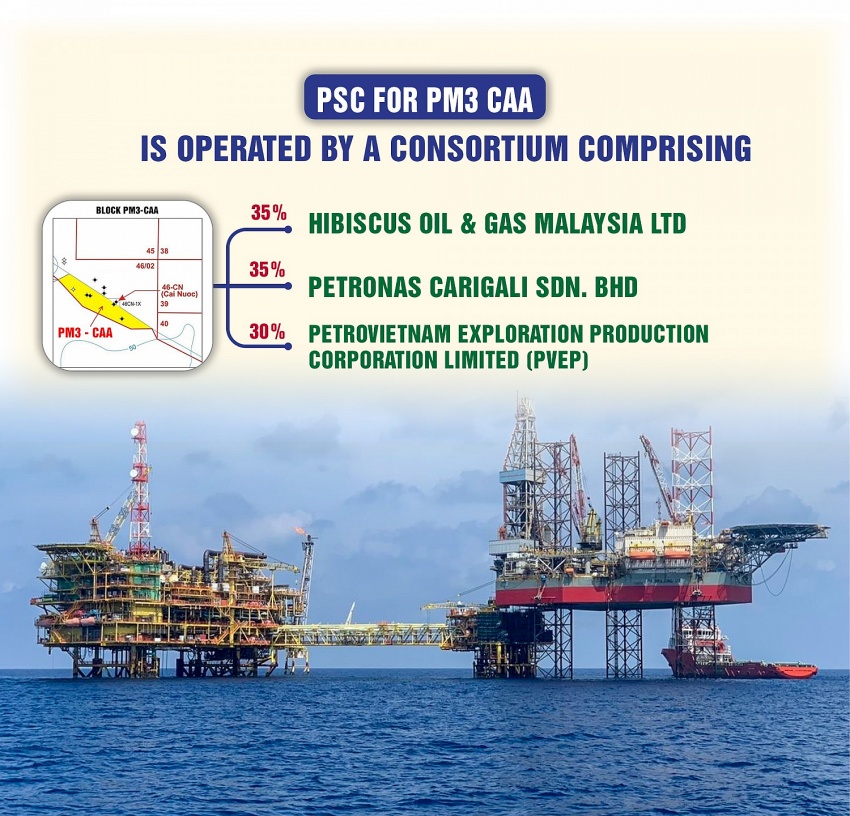 |
Currently, the PSC for PM3 CAA is operated by a consortium comprising Hibiscus Oil & Gas Malaysia Ltd. (35%, as Operator), Petronas Carigali Sdn. Bhd. (35%), and PetroVietnam Exploration Production Corporation Limited (PVEP) (30%). This reflects a well-balanced structure of responsibilities and a high level of commitment among the parties.
The close collaboration among the contractors—particularly between Petrovietnam and Petronas—has ensured the efficient development of resources while establishing a benchmark for cross-border cooperation. The PM3 CAA Block supplies a stable source of gas to the Ca Mau Gas–Power–Fertilizer Complex, one of Vietnam’s national key energy projects.
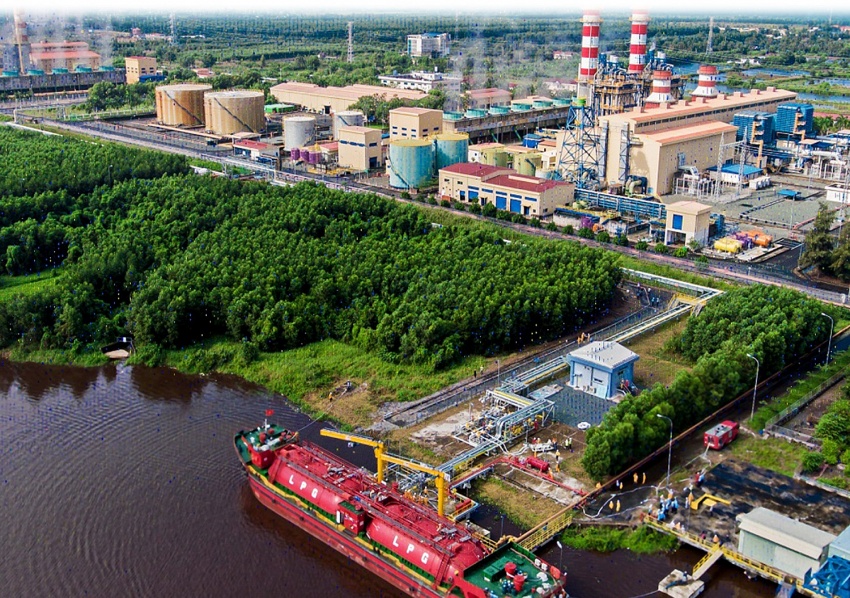 |
This project has not only contributed significantly to energy security in the southwest region but also helped develop a complete industrial ecosystem—from gas production to electricity generation and fertilizer manufacturing. Its success is evident in the flexible seasonal coordination of gas volumes, optimization of production output, and the mitigation of supply-demand imbalances, especially during peak periods.
Moreover, the project has enabled both parties to share operational expertise, offshore production techniques, and gas processing know-how. This collaboration has supported localization efforts and the development of a high-caliber workforce for Vietnam’s oil and gas sector.
 |
Petronas – A Strategic Partner Across the Oil and Gas Value Chain
While the PM3 CAA Block laid the foundation for the Petrovietnam–Petronas relationship, the partnership has, in recent years, expanded significantly—covering the entire oil and gas value chain and extending beyond conventional upstream activities.
In the upstream sector, Petronas Carigali has participated in several PSCs in Vietnam, including Block 46/02 and Blocks 01 & 02, bringing strong financial capacity, international operational experience, and advanced technology. Petronas has also been involved in exploration activities in areas such as Ham Rong–Thai Binh and Blocks 102–106, demonstrating its long-term commitment to Vietnam’s petroleum sector.
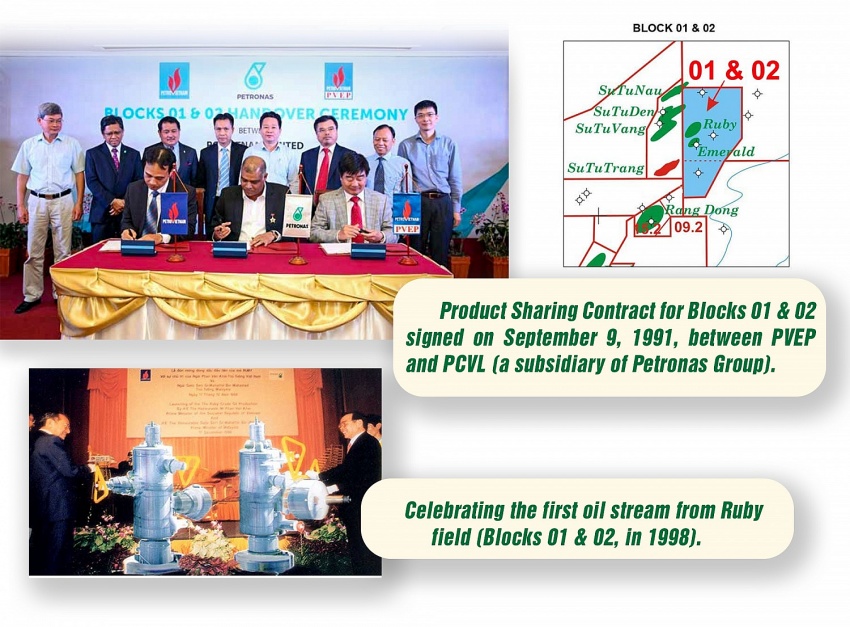 |
 |
Since 2023, this partnership has been elevated through the signing of a Memorandum of Cooperation (MoC), marking a strategic expansion into the gas and LNG sectors. In early April 2025, Petronas delivered its first LNG shipment to PV GAS. This milestone represents a shift in the partnership—from a focus on technical exploration to downstream commercial cooperation—and lays the foundation for a stable, structured, and long-term LNG partnership in Vietnam.
As one of the world’s largest LNG suppliers, with an annual production capacity of over 33 million tons, a global network of partners, and a robust LNG ecosystem, Petronas is well positioned to meet the growing needs of Vietnam’s energy market. Meanwhile, Vietnam is accelerating investment in LNG-to-power projects such as Nhon Trach 3–4, Long An 1–2, and Bac Lieu, creating strong potential for medium- and long-term contracts that will support energy security and stabilize costs amid global market volatility.
Beyond commercial cooperation, Petronas has actively shared its experience in gas infrastructure development, including both floating and onshore LNG terminals, and in managing operational risks. This support has helped Petrovietnam rapidly build out its emerging gas–LNG value chain.
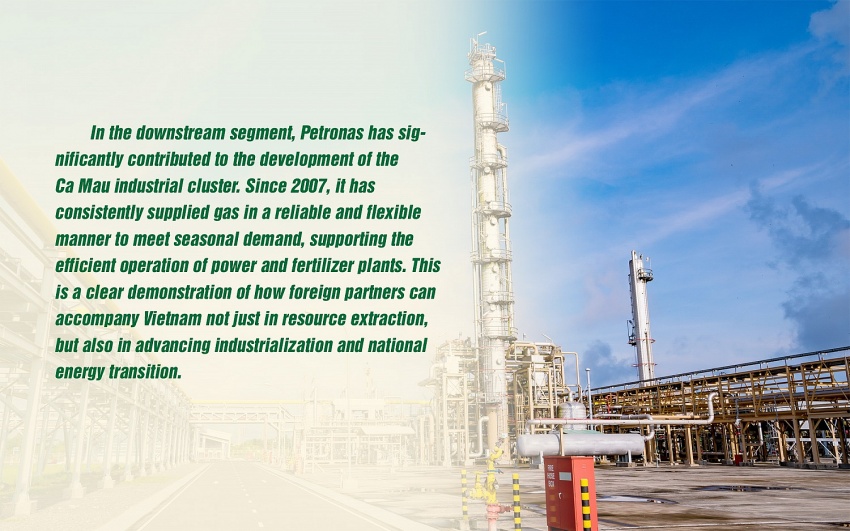 |
In the downstream segment, Petronas has significantly contributed to the development of the Ca Mau industrial cluster. Since 2007, it has consistently supplied gas in a reliable and flexible manner to meet seasonal demand, supporting the efficient operation of power and fertilizer plants. This is a clear demonstration of how foreign partners can accompany Vietnam not just in resource extraction, but also in advancing industrialization and national energy transition.
 |
Energy Transition – Strategic Cooperation for a Green Future
Amid the global energy transition, both Petrovietnam and Petronas recognize the need to realign their development strategies to stay ahead of the curve. This shared vision was embodied in the signing of a Memorandum of Understanding on renewable energy cooperation, during the official visit of Vietnam’s General Secretary to Malaysia. The visit marked a new milestone in bilateral relations, with both countries upgrading to a Comprehensive Strategic Partnership after more than 50 years of diplomatic ties.
Building on the MoC signed in November 2023, Petrovietnam and Petronas have broadened their cooperation to include wind and solar energy, carbon capture and storage (CCS), hydrogen production, and low-carbon technologies. Petrovietnam has committed to achieving net-zero emissions by 2050, in line with international commitments made at COP26 and COP28. To realize this ambition, support from strategic partners like Petronas—in terms of technology, investment, and implementation models—will be essential.
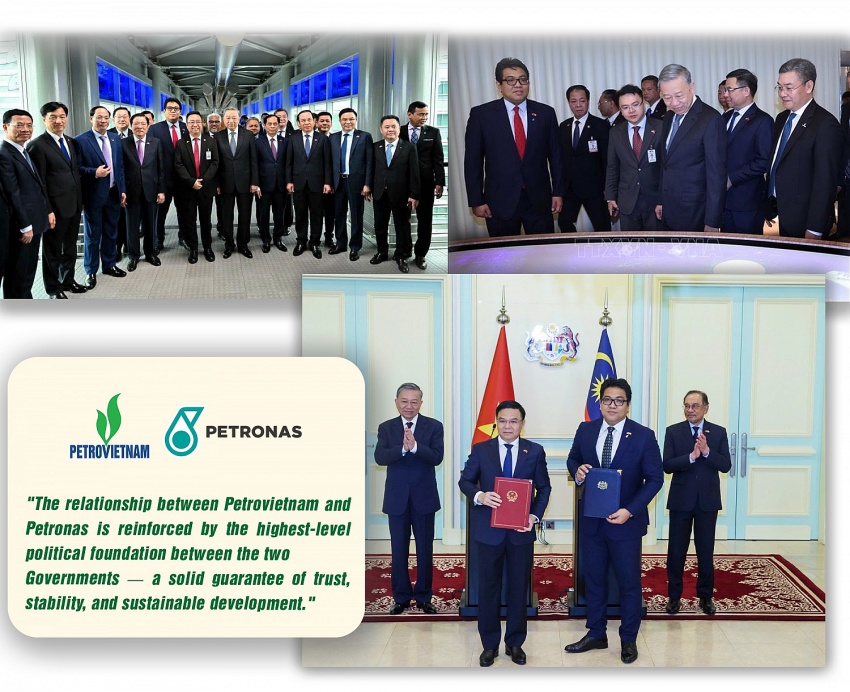 |
Petronas, with its expertise in transitioning from traditional oil and gas to clean energy, serves as a model partner for Petrovietnam in this transformation. Both parties also share a common view of energy security as a fundamental pillar for economic and social stability in the post-fossil fuel era. Accordingly, the two corporations are proactively advancing regional alliances, technology joint ventures, and green investment funds.
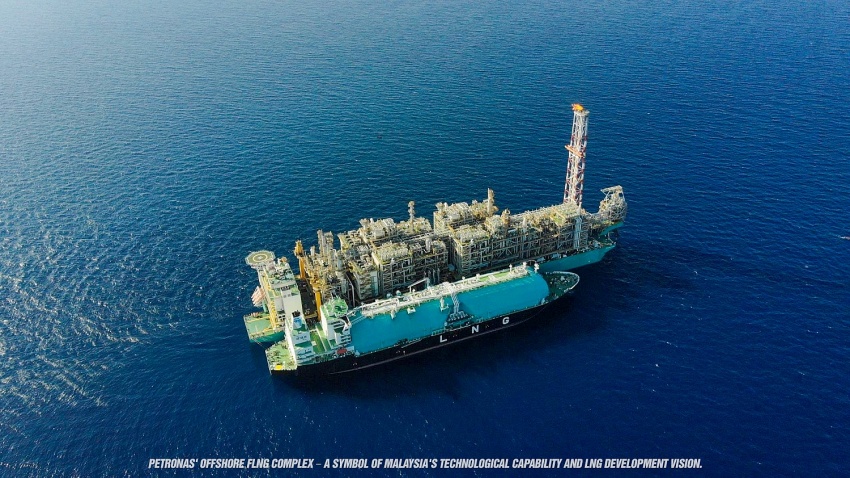 |
This strategic vision is not limited to bilateral cooperation—it is expanding to include regional initiatives. Petrovietnam and Petronas are working to strengthen ties among ASEAN national oil companies (such as PTT in Thailand and Pertamina in Indonesia), through technical knowledge sharing, joint development of green financial frameworks, and collaboration in LNG infrastructure, renewable energy, and carbon storage. These efforts contribute directly to Southeast Asia’s sustainable energy transition.
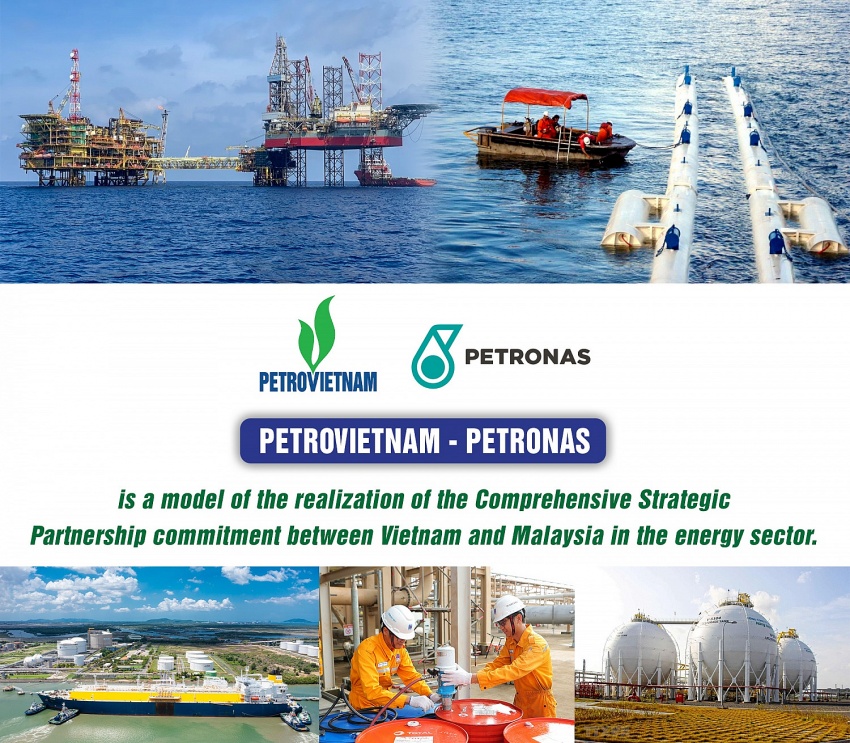 |
From early offshore resource partners to comprehensive strategic allies, Petrovietnam and Petronas are now co-creators of the region’s new energy future. Over 30 years of cooperation reflect mutual trust, respect, and shared growth—core values that will continue to guide their partnership in the decades to come. This collaboration serves not only bilateral interests but also contributes to a more resilient, integrated, and sustainable Southeast Asian energy system.
---------------------------------------------------------------------------------------------------------
Key Principal Agreement (KPA) – Reinforcing Long-term Commitment
The signing of the Key Principal Agreement (KPA) to extend the PSC for PM3 CAA by 20 years—from January 1, 2028, to December 31, 2047—marks not only a legal milestone but also a reaffirmation of the strong, long-term partnership between Petrovietnam and Petronas.
This extension provides a solid legal and technical foundation for the continuation of joint investment, field development, and resource optimization efforts. More than a routine contract renewal, it is a commitment to deepening joint venture effectiveness and ensuring sustained value generation from shared assets.
As the global oil and gas industry enters a challenging transition period, this collaboration helps safeguard short-term economic interests while pioneering long-term strategies for sustainable energy development in Vietnam.
| "The relationship between Petrovietnam and Petronas is reinforced by the highest-level political foundation between the two Governments — a solid guarantee of trust, stability, and sustainable development." |
PVN


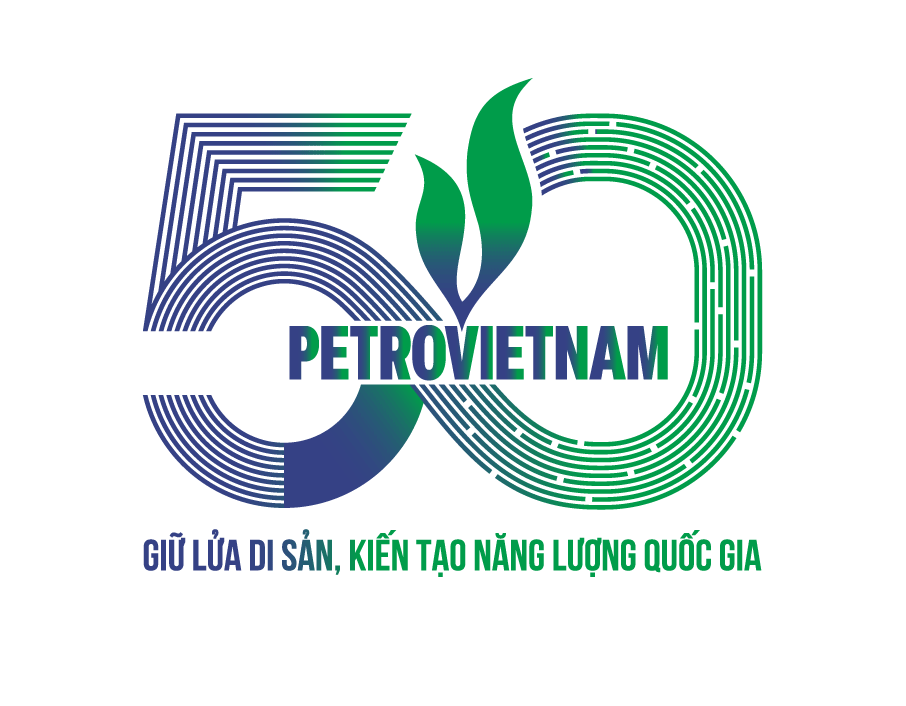




































![[VIDEO] Hà Nội triển khai xe đạp điện công cộng](https://cdn.petrotimes.vn/stores/news_dataimages/2025/122025/05/14/croped/thumbnail/xe-dap-dien-420251205141726.jpg?251205021948)
